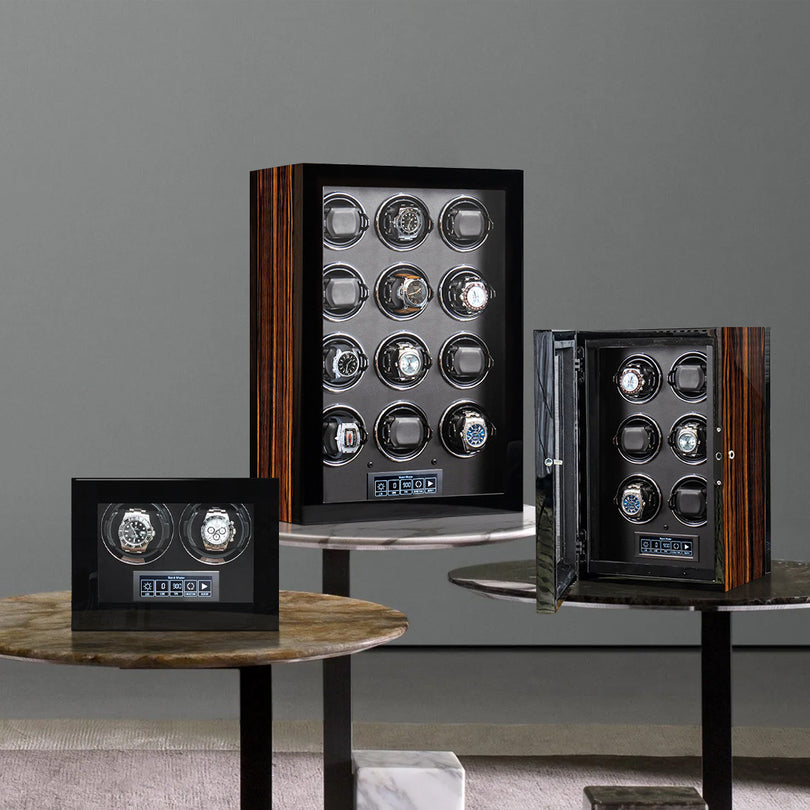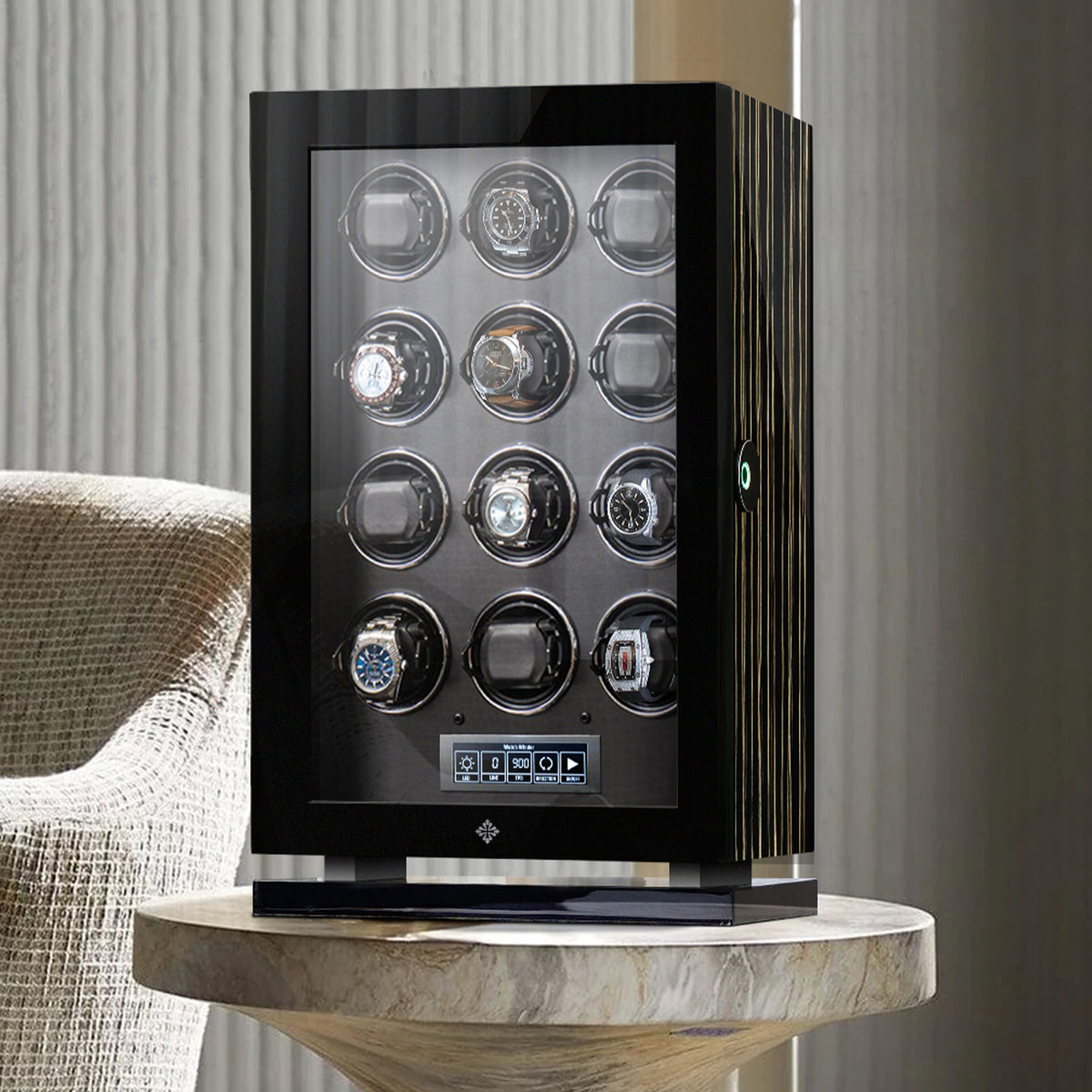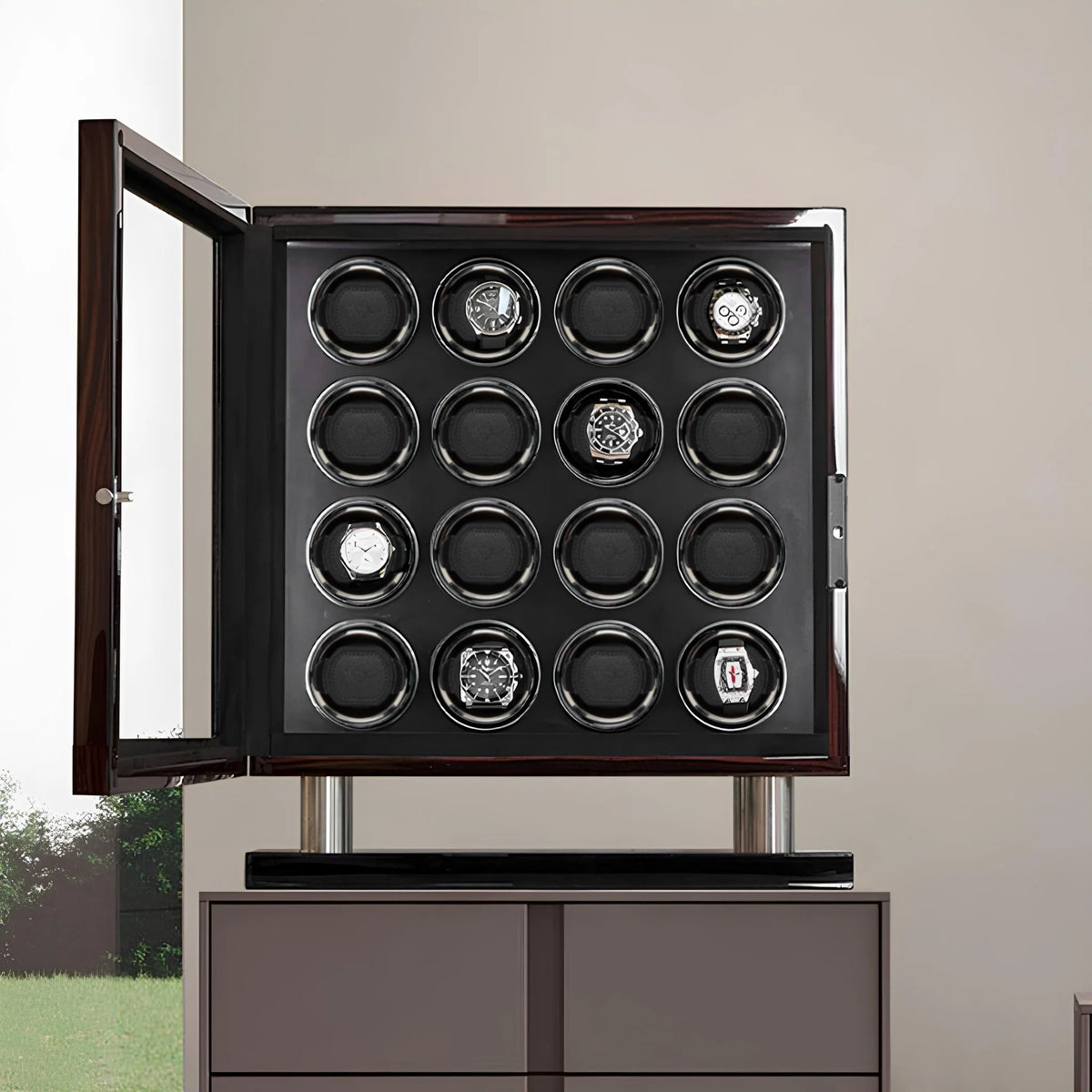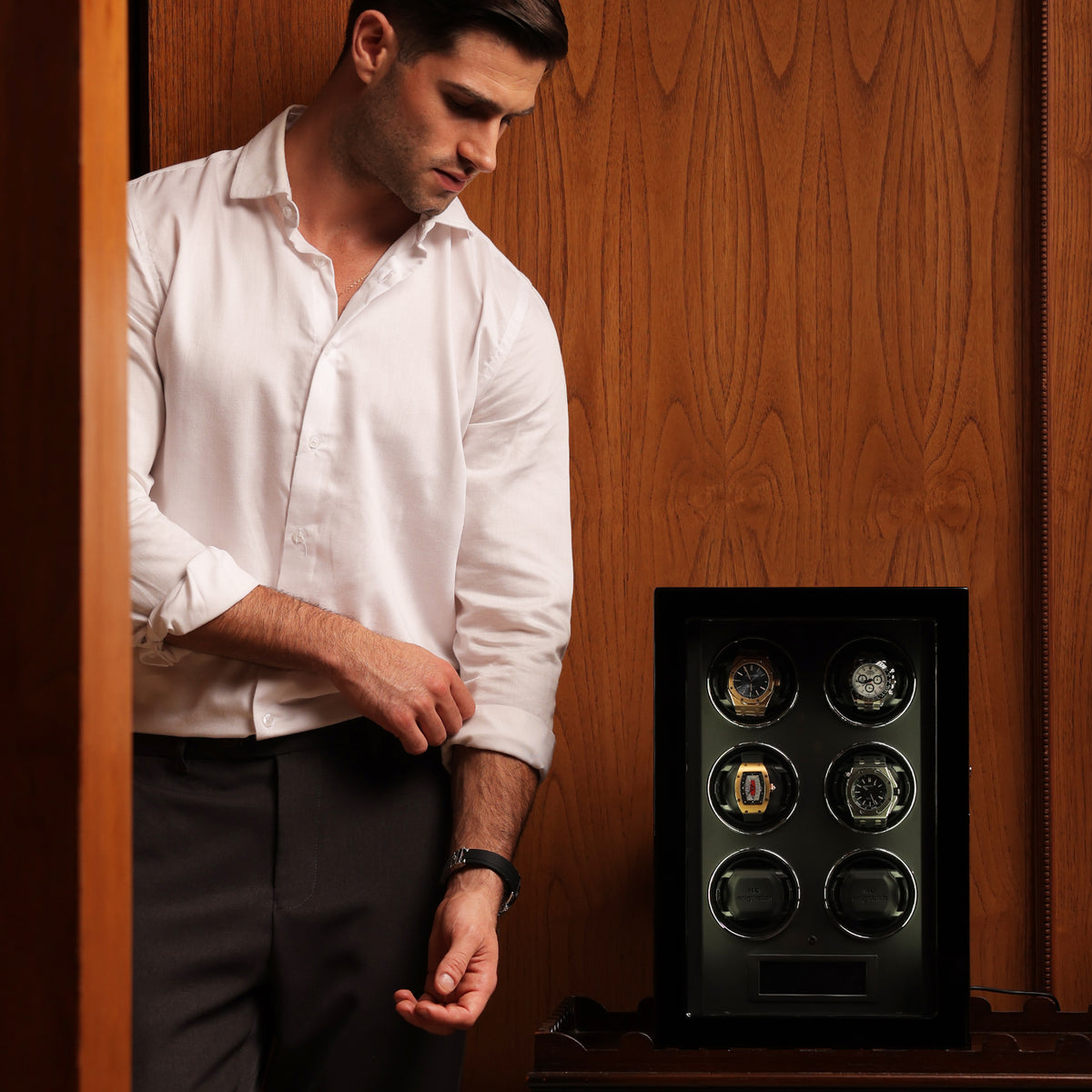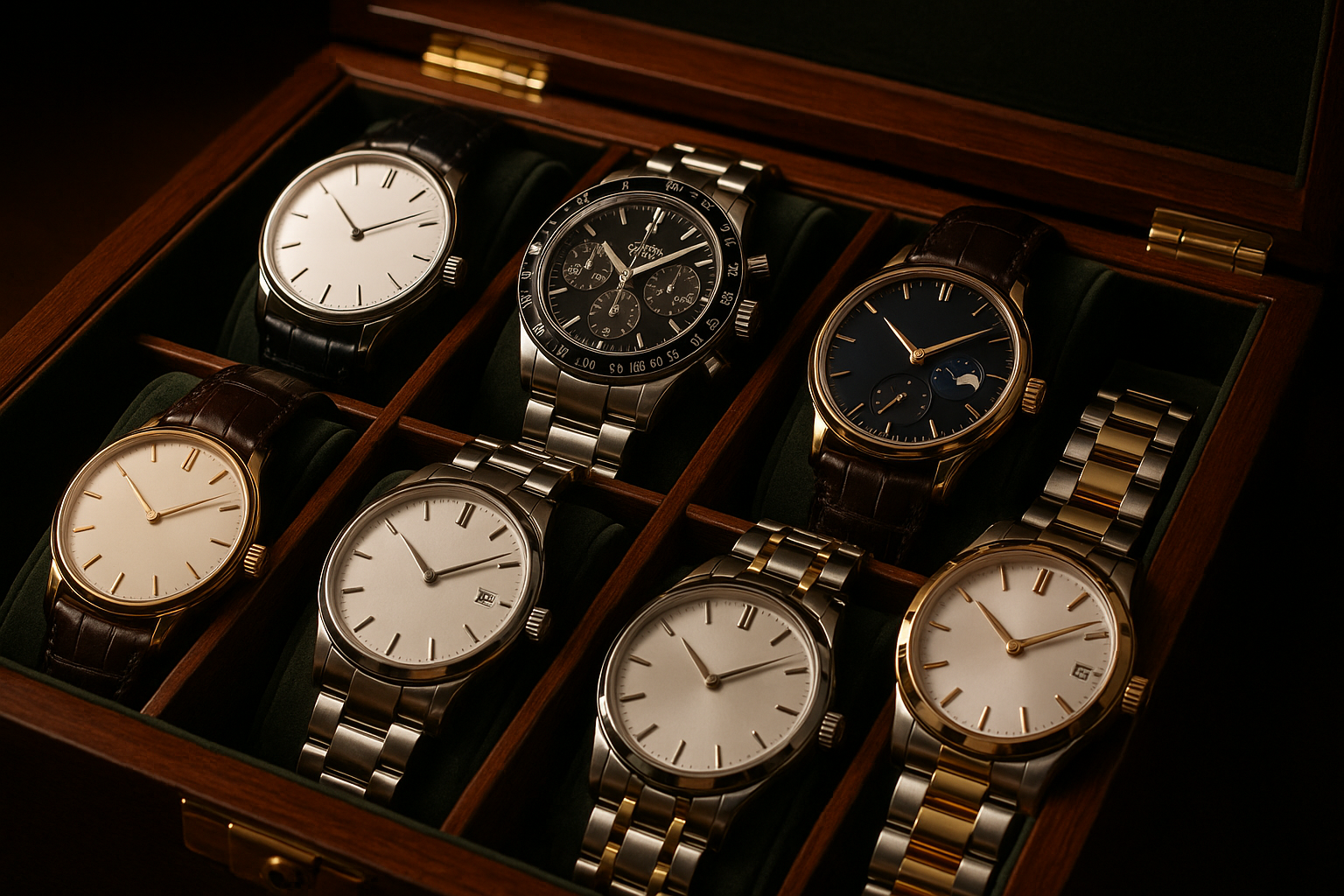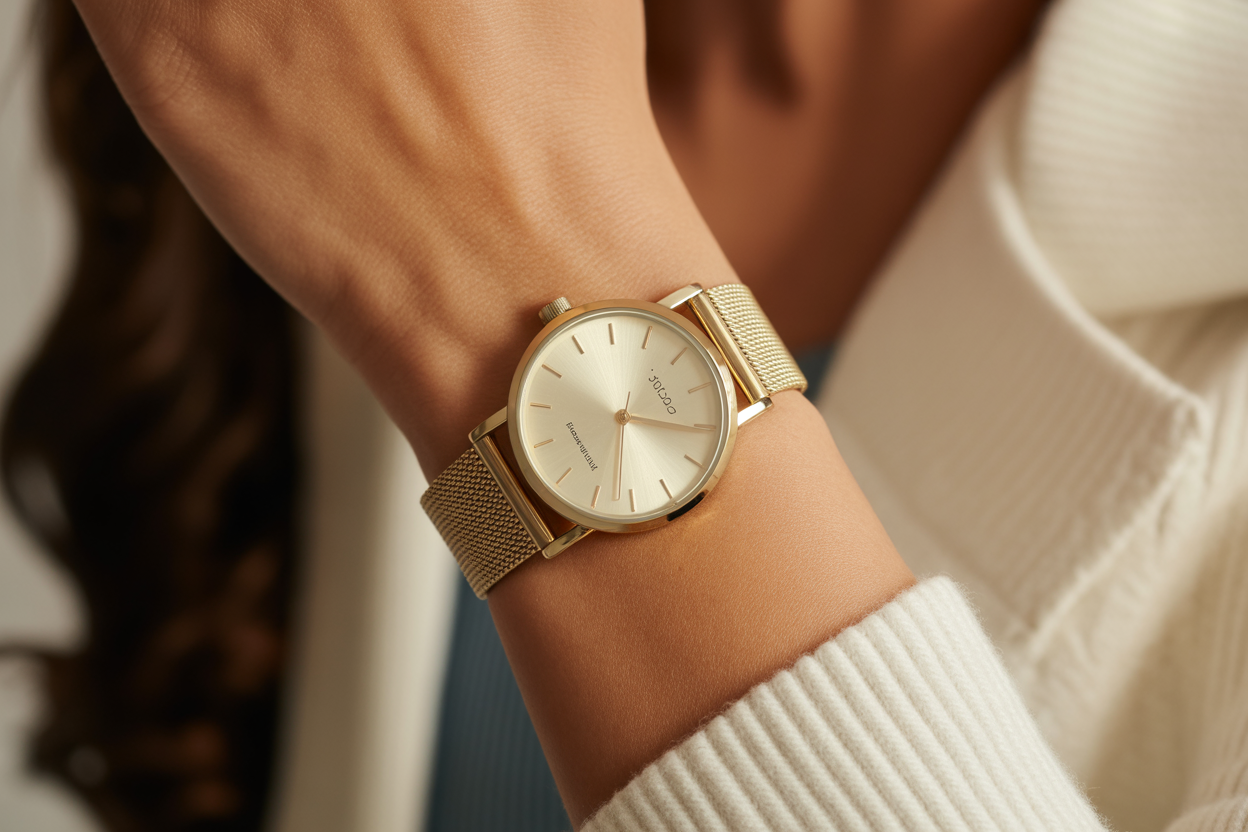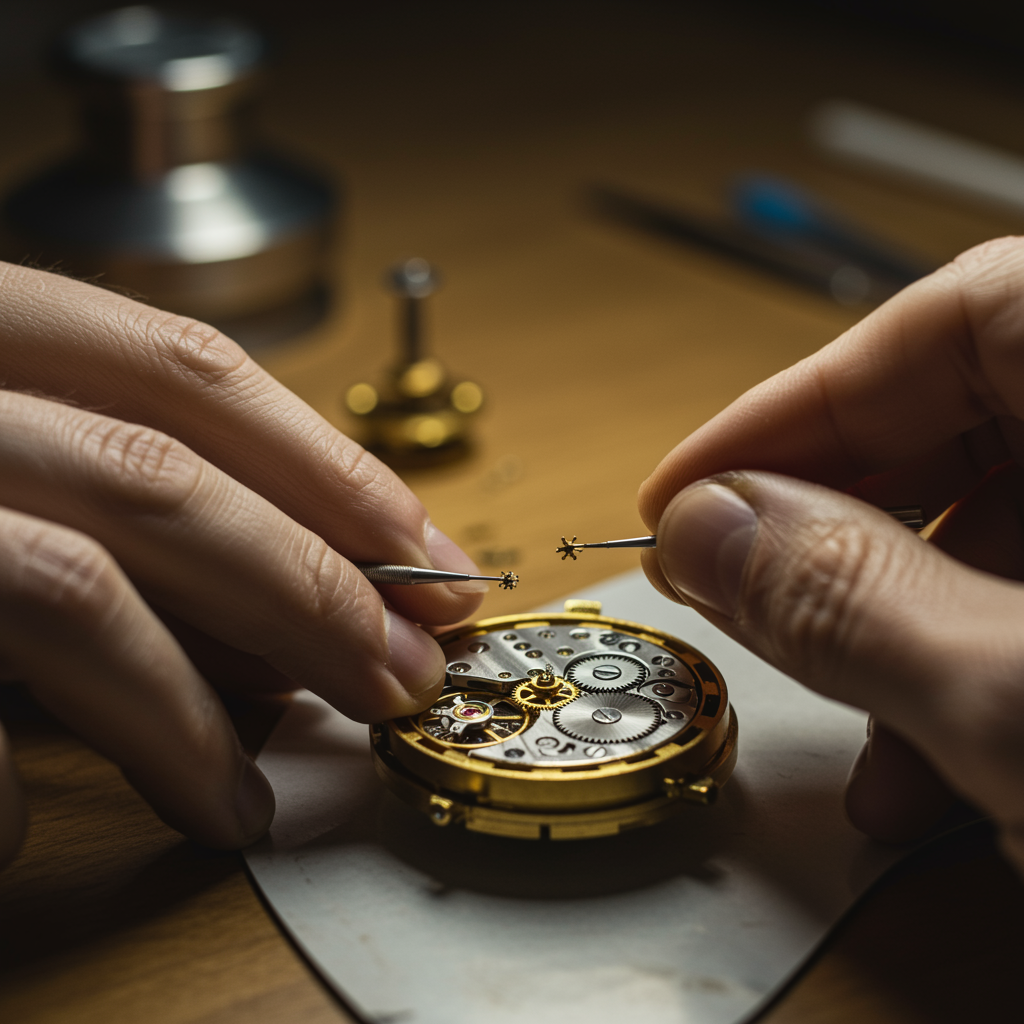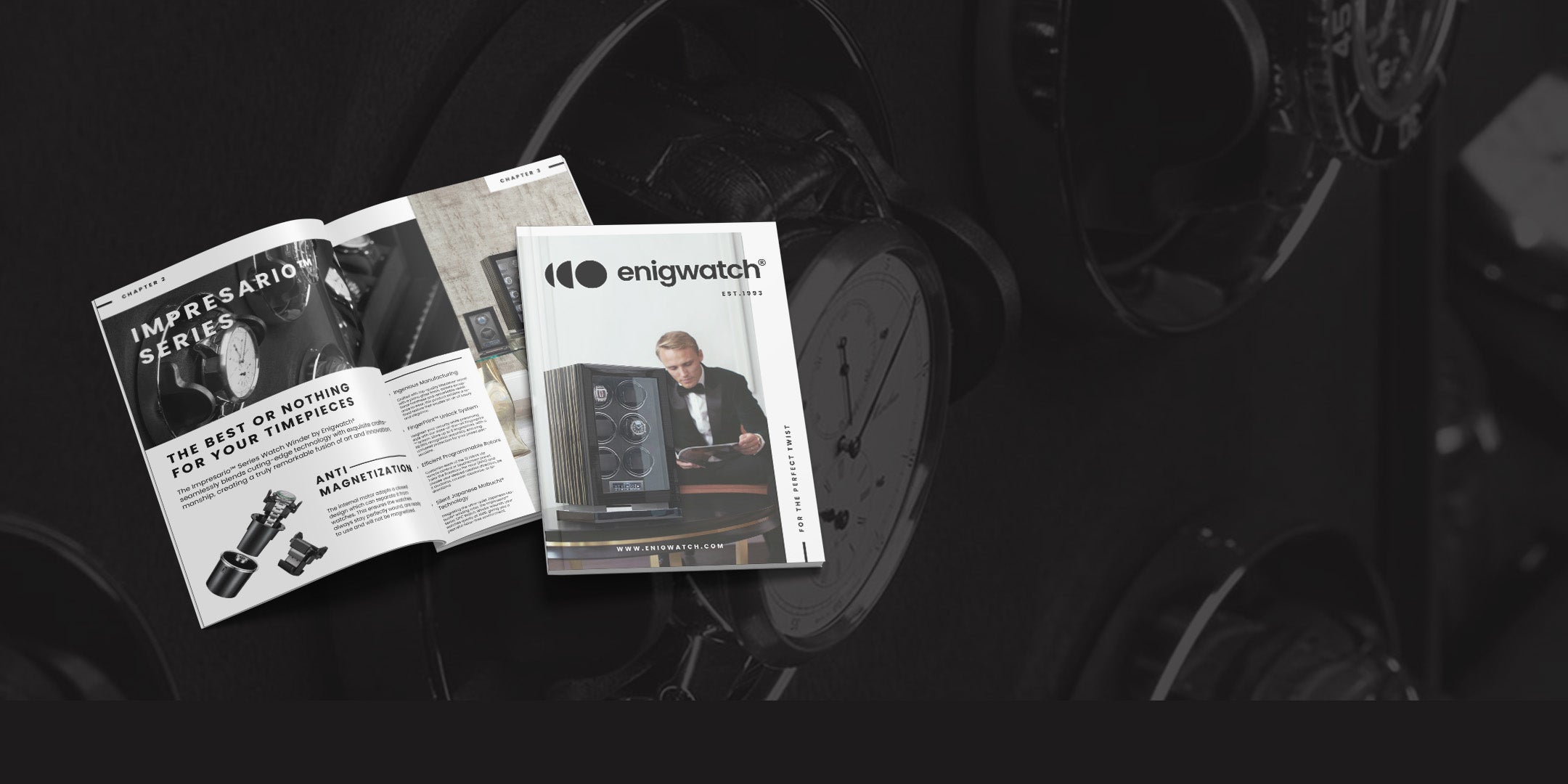Rolex is a well-known luxury watch brand that has been in existence for over a century. The Rolex Date and Datejust are two of the brand's most iconic watches, and they are often compared due to their similarities. In this review, we will take a closer look at the differences between the Rolex Date vs Datejust.
The Rolex Date was first introduced in 1950, while the Datejust made its debut in 1945. Both watches have a similar design, but there are a few key differences that set them apart.
Case Size and Material: Rolex Date vs Datejust

Let's start with the Datejust. This watch is available in a range of case sizes, including 31mm, 36mm, and 41mm, making it a versatile option for any wrist size. Not to mention, Datejust is also available in a variety of materials, including stainless steel, yellow gold, white gold, and two-tone combinations of steel and gold. And let's not forget the fluted bezel, which adds an extra touch of elegance and sophistication to this timeless timepiece.
Now onto the Date. This watch has a slightly smaller case size at 34mm, but it's still a classic choice for those who prefer a more minimalist look. The Date is only available in stainless steel or two-tone combinations of steel and gold, but don't let the limited material options fool you. This watch exudes understated sophistication, with a smooth bezel that complements its sleek design.
You may also like: Classic Elegance vs Modern Sportiness: Vacheron Constantin vs Rolex (2023 Review)
Dial Design: Rolex Date vs Datejust
Let's start with the Datejust. This watch is known for its versatility, and that certainly extends to its dial options. The Datejust has a truly impressive range of dial options, from the classic and understated silver, black, and white dials, to more vibrant and daring colors like blue, green, and even pink. Whether you're looking for something subtle or something that pops, Datejust has got you covered.
But it's not just the color options that make Datejust's dial so appealing - it's also the variety of hour markers available. The watch offers diamonds, Roman numerals, and batons, among others. The diamonds are a particularly luxurious touch, adding some serious sparkle and glamour to the watch.
Now, let's turn our attention to the Rolex Date. Compared to Datejust, the Date has a simpler dial design with fewer options. The watch features a traditional black or white dial with baton hour markers. This classic look is timeless and elegant, but it doesn't offer the same level of variety as the Datejust.
That being said, the simplicity of the Date dial has its own appeal. Some people prefer a watch that doesn't draw too much attention and blends seamlessly into their everyday wardrobe. The Date's understated design makes it a great choice for those who want a reliable, high-quality timepiece without any unnecessary frills.
Date Display: Rolex Date vs Datejust

The Datejust features a Cyclops lens over the date window, which is a signature feature of Rolex watches. The Cyclops lens is a magnifying lens that is positioned directly over the date window, which magnifies the date by 2.5 times, making it easier to read. This is a particularly useful feature for those who have trouble reading small print or for those who are frequently on the go and need to quickly glance at the time and date.
In contrast, the Rolex Date does not feature a Cyclops lens over its date window. Instead, the date window is smaller and less prominent, which some people may find to be a more understated and classic look. However, the smaller size of the date window may make it more difficult to read for some people, particularly those with visual impairments.
Another difference between the two watches is the way in which the date is displayed. On Datejust, the date is displayed with a white or black background, depending on the color of the dial. On the other hand, the Date features a white date display against a black background. While this may seem like a small detail, it can actually have a significant impact on the overall aesthetic of the watch.
You may also like: TAG Heuer vs Rolex: A Full Comparison You Need to Read (2023 Review)
Movement: Rolex Date vs Datejust

Let's start with the most common movement in Datejust - the automatic movement. This type of movement is also known as a self-winding movement, and it is powered by the movement of the wearer's wrist. As the wearer moves their arm, the rotor inside the watch rotates, which winds the mainspring and stores energy in the power reserve. This means that the watch will continue to run as long as the wearer keeps it on their wrist, without the need for manual winding or battery replacement.
In addition to the automatic movement, Datejust is also available with a mechanical movement. This type of movement is similar to automatic movement in that it requires no battery, but it is not self-winding. Instead, the wearer must manually wind the watch by turning the crown. Mechanical movements are known for their precision and durability, and they are a popular choice for collectors and enthusiasts.
Finally, Datejust is available with a quartz movement. Unlike mechanical and automatic movements, quartz movements rely on a battery to power the watch. Quartz movements are known for their accuracy and affordability, making them a popular choice for those who want a reliable watch without breaking the bank.
But that's not all - Datejust is also available with Rolex's patented perpetual movement. This movement is a type of automatic movement that is unique to Rolex watches. It features a rotor that is mounted on a ball bearing and a mechanism that allows the mainspring to be wound in both directions. This means that the watch is always wound, as long as the wearer is active enough to keep the watch moving.
You may also like: Audemars Piguet vs Rolex: An Ultimate Battle Between Two Luxurious Watch Brands (2023 Review)
Water Resistance: Rolex Date vs Datejust

The Rolex Date watch has a water resistance rating of 50 meters, which means it is suitable for swimming in shallow water, but not for diving or water sports. It's important to note that water resistance ratings are based on laboratory tests and are not a guarantee of performance in real-world conditions. Factors such as temperature, pressure, and shock can affect the watch's water resistance, so it's always a good idea to take precautions when wearing your watch near water.
Now, let's take a look at the Rolex Datejust. This watch has a water resistance rating of 100 meters, which means it is suitable for swimming, snorkeling, and other water sports. This higher rating is thanks to several factors, including a screw-down case back and crown, which provide extra protection against water ingress. The Datejust also features a double-locking clasp on the bracelet, which helps to keep the watch securely fastened to your wrist, even when you're in the water.
It's worth noting that while the Datejust has a higher water resistance rating than the Date, it's still important to take care when wearing your watch near water. Exposure to salt water, chlorine, or other chemicals can damage the watch's seals and compromise its water resistance. It's also important to rinse your watch with fresh water after swimming or diving to remove any salt or other residues that may be on the watch.
Searching the best watch winder? Read: 3 Best Watch Winders for Rolex to Keep It Running Smoothly (2023 Review)
Conclusion
In conclusion, the Rolex Date and Datejust are both excellent watches that are built to the highest standards of quality and craftsmanship. The Datejust is available in a wider range of sizes, materials, and dial options, and it also features a more prominent date display with a Cyclops lens. The Date, on the other hand, has a more understated design, with a smaller and less prominent date display. Both watches are great choices for anyone looking for a high-quality luxury watch.


